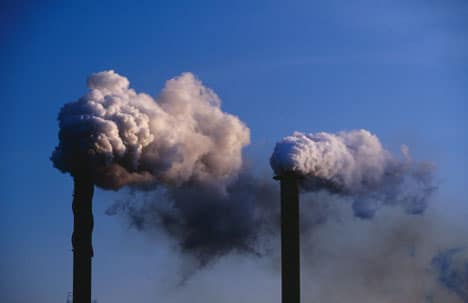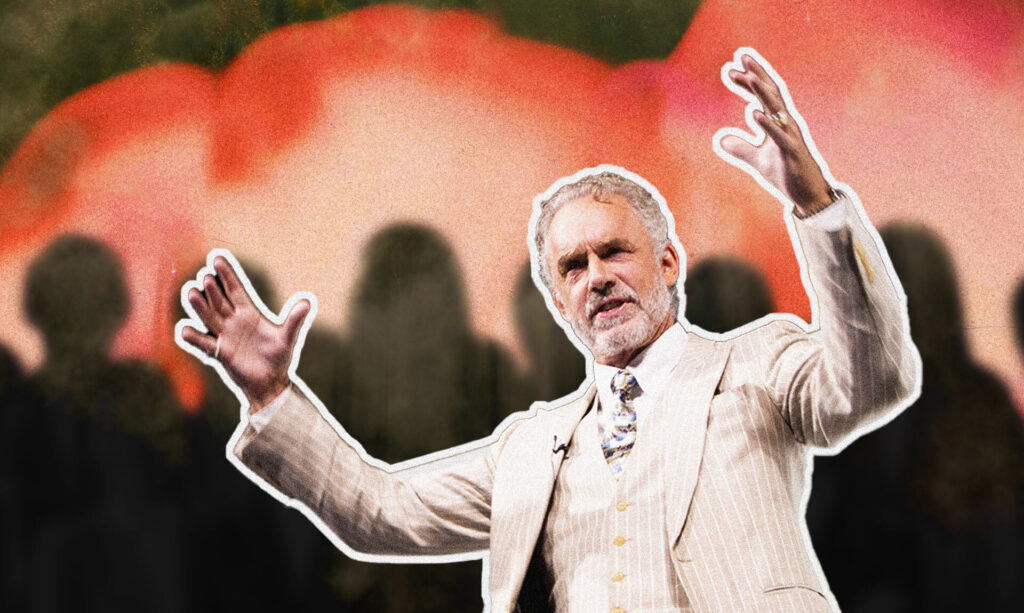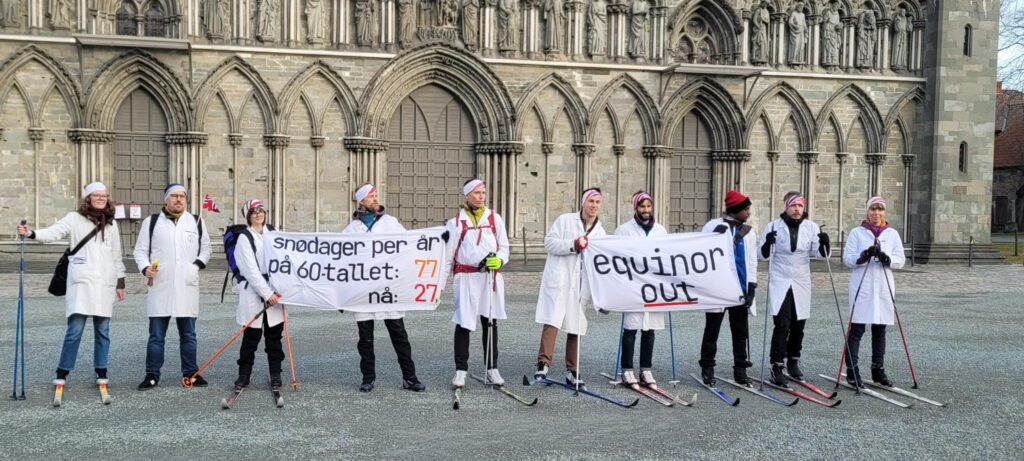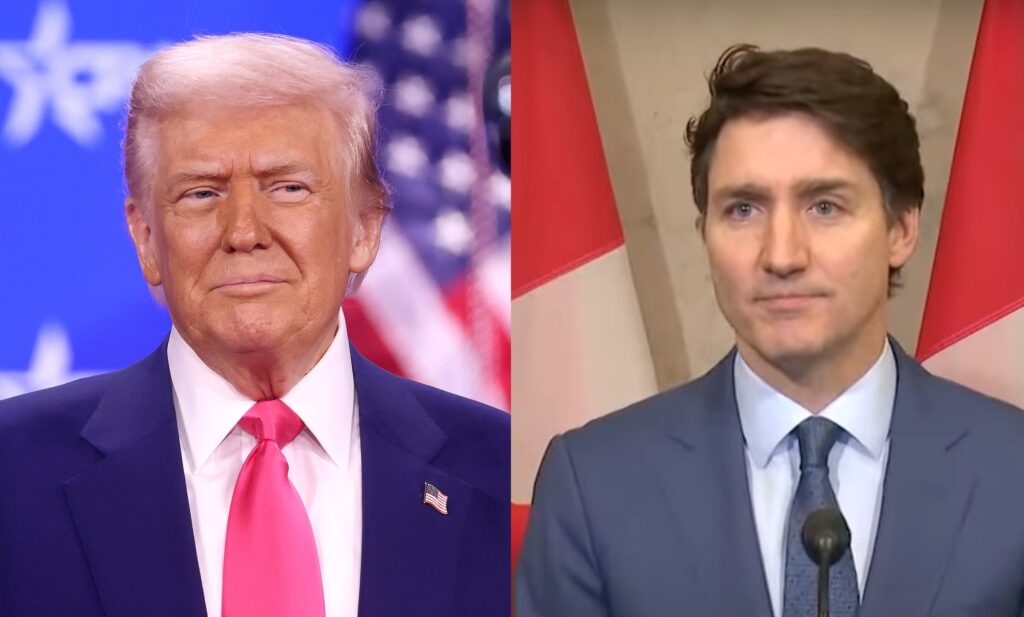President Obama is once again talking out of both sides of his mouth with regard to the need to protect the environment.
After joining Facebook last week, the President used his very first video post to address the issue of climate change. The President said in the video: “Now, we’ve made a lot of progress to cut carbon pollution here at home, and we’re leading the world to take action as well. But we’ve got to do more. In a few weeks, I’m heading to Paris to meet with world leaders about a global agreement to meet this challenge.”
While the President’s detractors attacked him for believing something so foolish, the people who have been paying attention to Obama’s actions in recent years have an entirely different, and legitimate, reason to question the President’s message. Namely, President Obama has done very little to fulfill his lofty promises about tackling climate change.
Yes, we got a rule from the EPA to limit emissions from coal-fired power plants. Yes, the Keystone XL pipeline has been rejected (for now.) And yes, we finally have a President of the United States that both accepts the science of climate change and believes that we should do something about it. But that’s roughly where the accomplishments end.
As President Obama was recording his urgent Facebook plea to act on climate change, a new report came out that received far less fanfare than the President’s social media prowess. This new report, from the World Meteorological Organization (WMO), tells us that global CO2 emissions hit record highs in 2014, and that 2015 is on track to at least match those same levels.
According to the study, the worldwide warming effect of greenhouse gases increased 36 percent between 1990 and 2014, something the group blamed on the increase in carbon dioxide, methane and nitrous oxide emissions from human activity.
The report comes weeks before a United Nations meeting in Paris focused on crafting a deal to reduce worldwide greenhouse gas emissions. The WMO said that the increase in gases should be a warning sign for world leaders.
While the WMO report tallies the total of global emissions, it should be noted that U.S.-centered studies have also revealed that the United States’ share of carbon emissions is hitting new highs, as well.
In 2013, the latest year for which full data is available, U.S. emissions rose by 2.5%, a sharp contrast to the previous 5 years when emissions were actually falling. Most analysts attribute this fall in emissions to the economic recession in the United States and not as a reflection on the policies of the administration.
This 2014 article from The Guardian goes deeper into the numbers:
The data also showed a 4.8% increase in the use of energy from coal, and a 10% fall in energy from natural gas.
Emissions were still 10% below 2005 levels.
But the latest figures deepen doubts about whether America will meet its existing commitments for a 17% cut in emissions by 2020 without additional actions, or make the cuts required in the coming decades even deeper.
Additionally, the United States has increased domestic oil production and the amount of oil being pumped out of the ground on U.S. soil is expected to reach the highest level in history before Obama leaves office.
The bottom line is that emissions are rising, dirty energy production is climbing, and the United States is doing too little to solve this problem. When it comes to climate change, an “all of the above” attitude towards energy simply doesn’t work.
If we want to get serious about reducing our emissions then we have to address our fossil fuel addiction. Right now, the United States is acting like a smoker who thinks they won’t get cancer because they eat a plate of fresh steamed vegetables every evening.
You can’t have it both ways.
Subscribe to our newsletter
Stay up to date with DeSmog news and alerts







